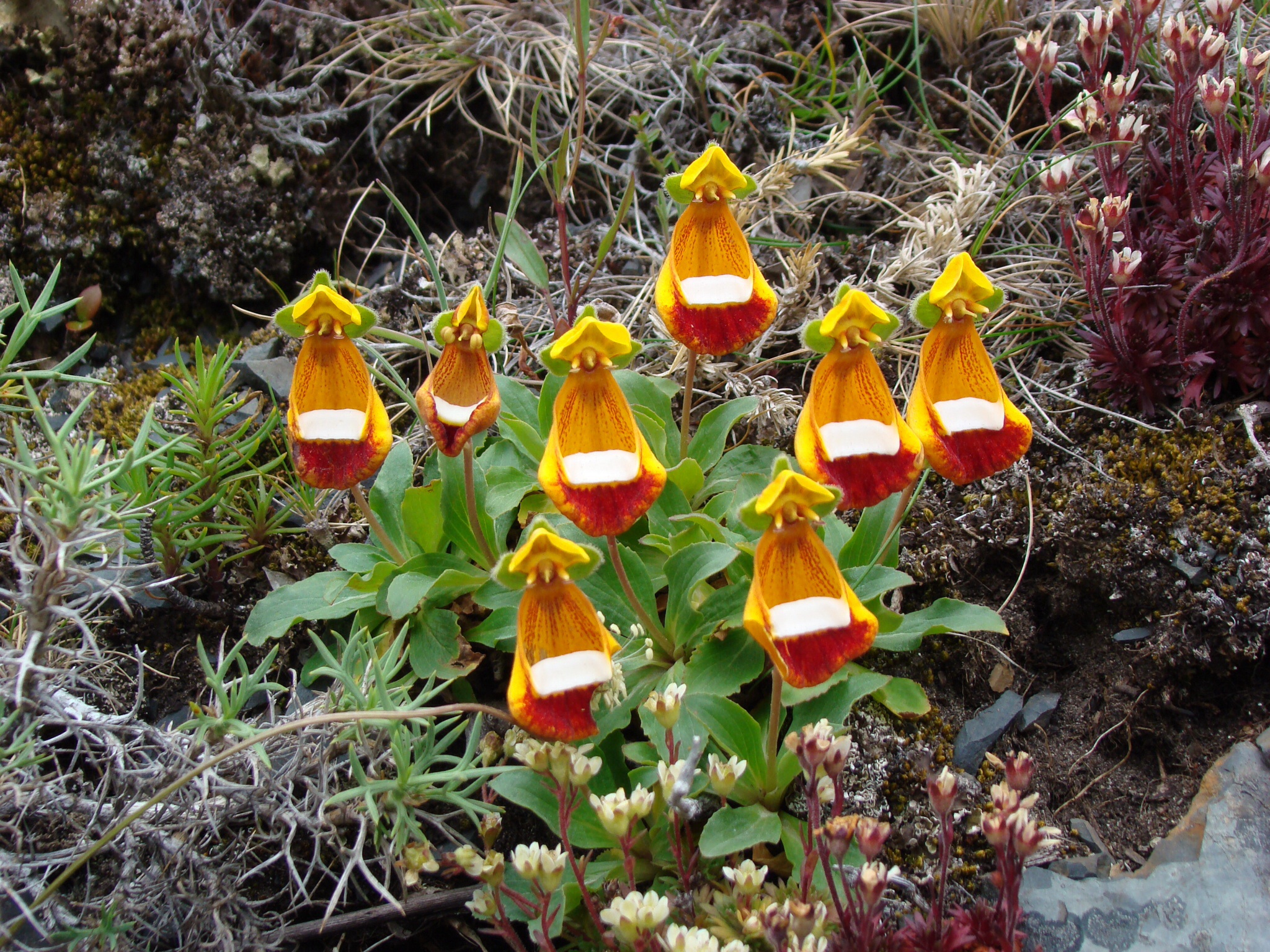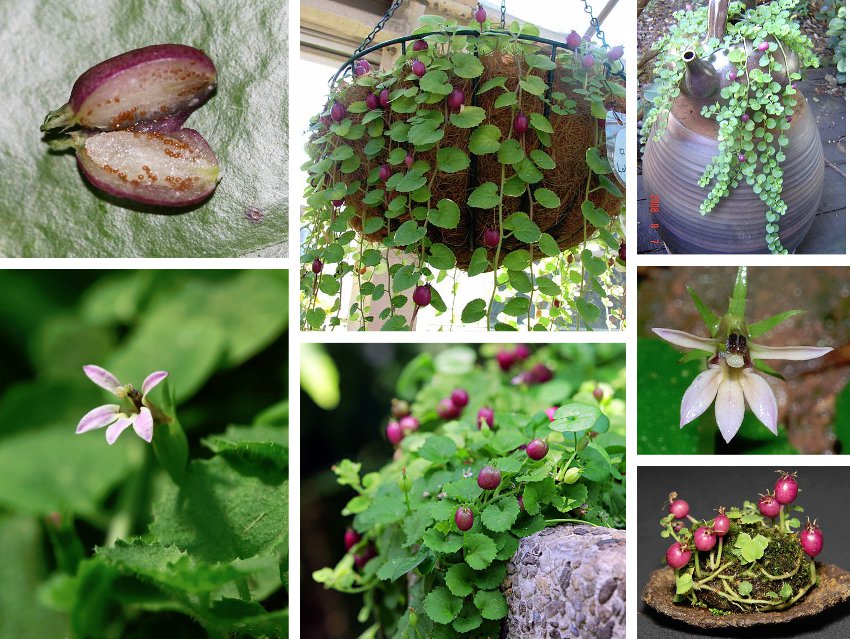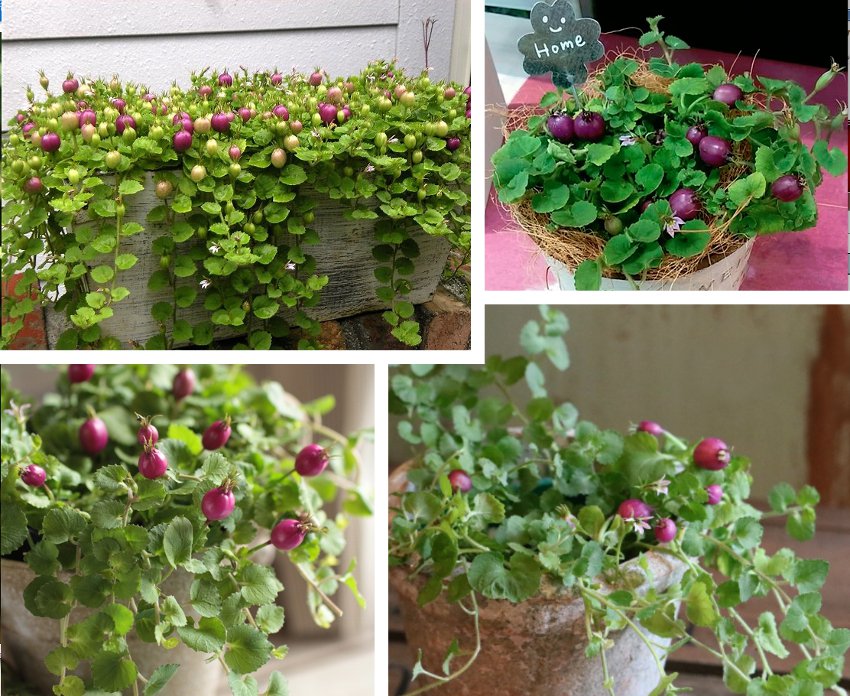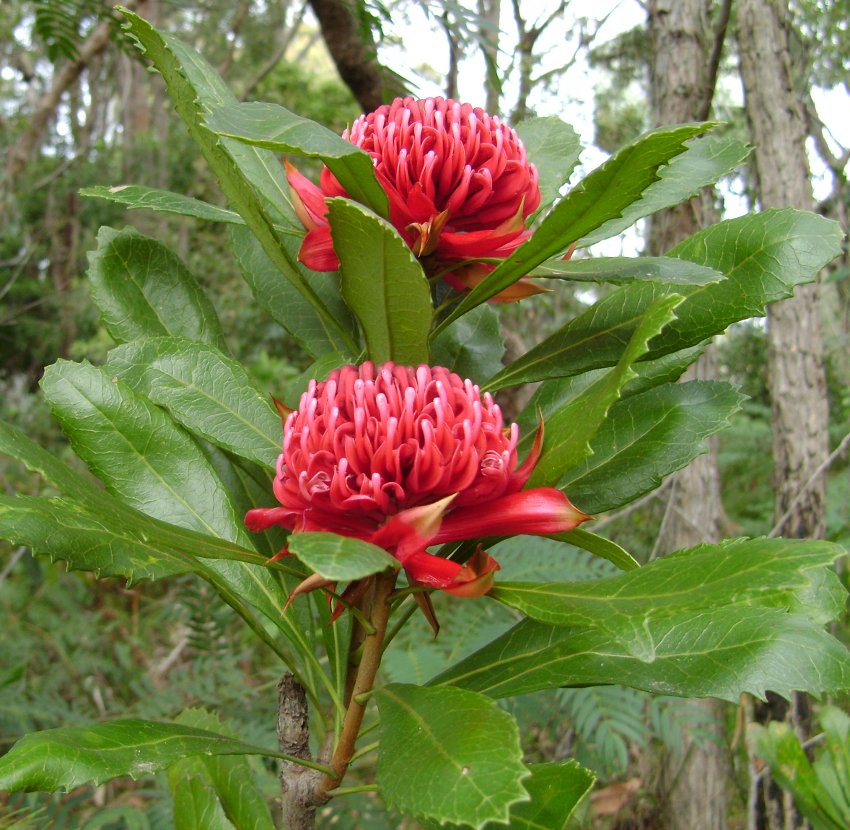 Mandrakes are stemless, perennial herbs with dark
green leaves, resembling somewhat the leaves of chard and a have large
taproots that can grow up to two feet in length, resembling somewhat a
human.
Mandrakes are stemless, perennial herbs with dark
green leaves, resembling somewhat the leaves of chard and a have large
taproots that can grow up to two feet in length, resembling somewhat a
human. The pale to vibrant bluish purple flowers emerge in a cluster from the center of the plant. The fruit, orange to red berries, resembling tomatoes, ripen by late summer. The fruit is highly fragrant, one ripe fruit placed in the middle of the room will perfume the whole room with a pineapple like scent.
It requires good drainage for best growth and is not too picky about soil types.
This plant gets dormant in the summer times. Every autumn the root grows a new rosette of leaves. The leaves grow fast and in only a month they are fully developed. Zone 5-8.
It's one of the oldest and most famous plant in witchcraft, rituals and medicinal use. It's also mentioned in several references in the bible. According to the legend, a dog had to pull up the man-like roots as their scream reputedly killed all who heard it! Today the plant is best known from the movie "Harry Potter".
This plant belongs to the nightshades family (Solanaceae) and all parts are poison.
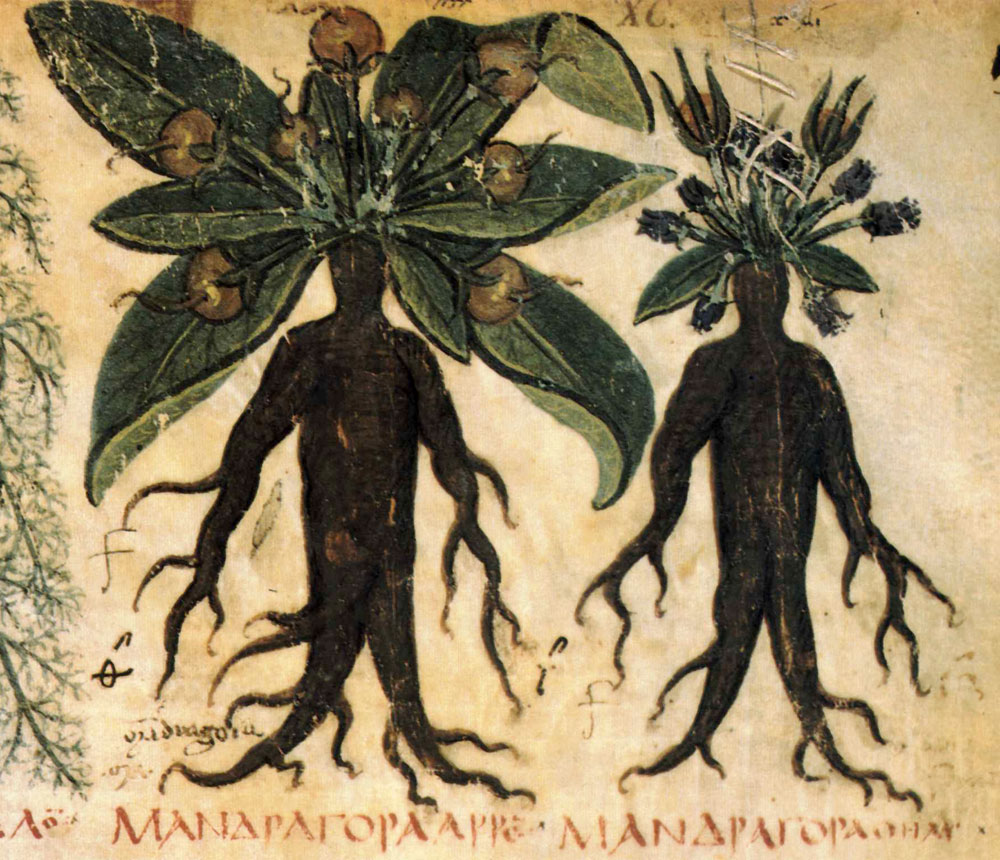
Rare Seeds found here: Mandragora officinarum Seeds
Other Names: Atropa mandragora, Mandrake, Devil's Apple, Dudaim, Love Apple, Harry Potter Root, Harry Potter Plant

